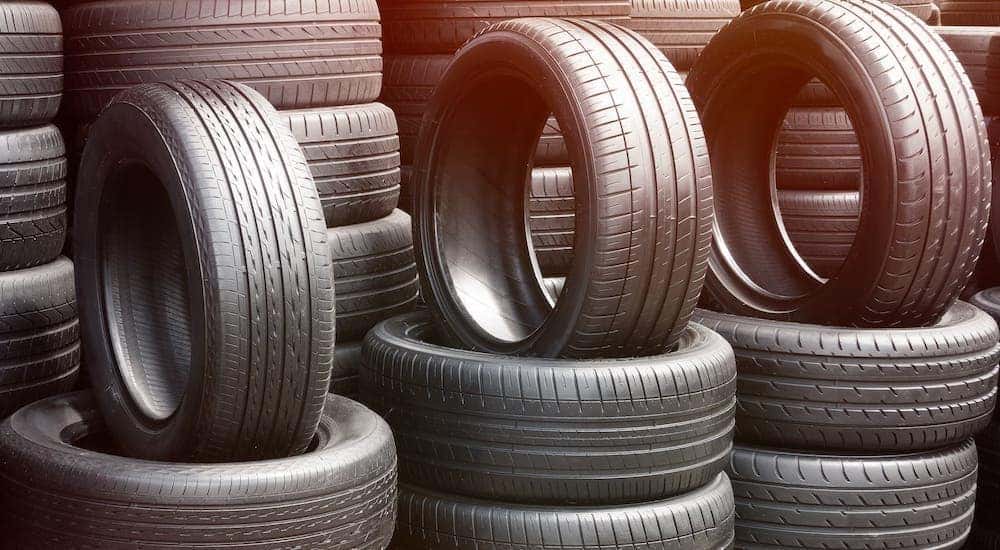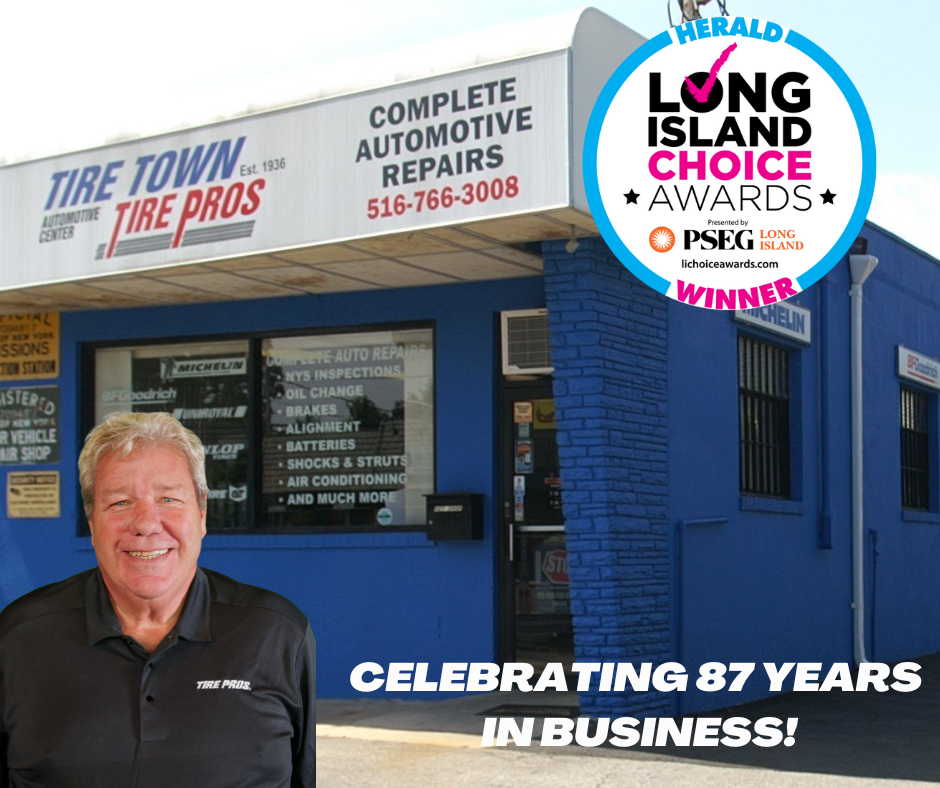Morris Tire Service: Your Partner for Reliable Tire Solutions Near Me
Morris Tire Service: Your Partner for Reliable Tire Solutions Near Me
Blog Article
The Scientific Research Behind Tire Repair and Security
When it involves the intricate world of tire maintenance and safety, there exists a world of science that often stays hidden by the ordinary vehicle driver - discount tires morris il. The products that make up a tire, the influence of tire stress on overall safety and security, the implications of tread wear, the elaborate characteristics of tire grip, and the often-overlooked relevance of correct wheel placement all play important roles in making sure an automobile operates safely and successfully. As we browse with the complexities of tire repair service and safety, it becomes noticeable that a deeper understanding of these scientific concepts is not only valuable however important for every single vehicle driver when driving
Tire Make-up and Functionality
What products comprise the make-up of tires, and how do these parts add to their capability when driving? Tires are intricate products, usually made from a combination of rubber substances, fabric, steel cords, and other chemical additives. One of the most common kind of rubber made use of in tires is synthetic rubber, which supplies sturdiness and resistance to deterioration. The fabric layers, commonly constructed from nylon, polyester, or rayon, give toughness and security to the tire framework. Steel cables are included to boost the tire's toughness and assist it preserve its form under different road problems.
The rubber substances offer grasp and traction, enabling the tire to adhere to the roadway surface and give stability during acceleration, stopping, and cornering. In general, the cautious selection and combination of these materials make certain that tires can perform properly and securely on different road surface areas and problems.
Impact of Tire Pressure on Security
Keeping proper tire stress is crucial for making sure optimal safety and security and performance while driving. The impact of tire pressure on safety and security can not be overstated. Underinflated tires are vulnerable to overheating, which can cause tire blowouts, specifically at high speeds. In addition, reduced tire stress influences the handling and responsiveness of the vehicle, increasing the danger of mishaps, especially throughout emergency situation maneuvers. On the various other hand, overinflated tires have much less call with the roadway surface area, reducing grip and triggering irregular wear on the tire treads. This jeopardizes the car's stability and stopping performance, positioning a substantial safety and security danger. Correctly inflated tires likewise play a critical function in gas efficiency, as underinflated tires can raise moving resistance, causing lowered gas mileage. Regularly checking and keeping the correct tire pressure not just makes certain security yet also expands the lifespan of the tires, reducing replacement costs in the long run.
Tread Put On and Its Ramifications
Proper surveillance of tire tread wear is critical for guaranteeing optimum performance and security when driving. As tires put on down, the depth of the step decreases, minimizing the tire's ability to preserve grip, especially in wet or unsafe conditions. The tread pattern and depth play a crucial function in transporting water away from the tire to avoid hydroplaning and keeping hold when driving surface area.
Unequal wear might recommend concerns with tire rising cost of living, suspension, or alignment elements. Put on indicators are developed into the tire step and become noticeable when the walk depth gets to a specific low factor, suggesting the need for prompt replacement.

Comprehending Tire Traction Dynamics
Keeping an eye on tire tread wear not just guarantees optimal performance and security yet additionally straight influences the traction characteristics of the tires on various roadway surfaces. Tire traction is an essential element of automobile handling and safety, as it establishes the hold between the tires and the road. helpful hints Grip characteristics differ depending on road problems such as completely dry sidewalk, wet roads, snow, or ice.

Comprehending tire grip characteristics is necessary for drivers to adapt their driving behavior according to the road problems. morris tire service. Routinely inspecting tire walk depth and condition can considerably improve traction performance, making sure much safer driving experiences throughout various surfaces
Relevance of Proper Wheel Placement
Making sure appropriate wheel placement plays a critical duty in enhancing lorry performance and extending tire over here long life. Correct wheel alignment includes readjusting the angles of the wheels to manufacturer requirements, ensuring that they are perpendicular to the ground and parallel to each various other. When placement is off, it can result in irregular tire wear, decreased gas efficiency, and jeopardized handling.
Among the vital advantages of keeping proper wheel alignment is enhanced taking care of and stability. Misaligned wheels can trigger the lorry to pull to one side, impacting guiding control and overall driving experience. Furthermore, right positioning advertises also tire wear, protecting against premature tire replacement and reducing maintenance prices over time.

Verdict
In final thought, the science behind tire repair service and safety and security is vital for keeping vehicle performance and ensuring motorist safety and security. By understanding tire make-up, stress, step wear, traction characteristics, and wheel positioning, chauffeurs can stop mishaps and prolong the life expectancy of their tires. Correct upkeep and regular inspections are important for optimal tire efficiency and total automobile safety. By complying with these guidelines, chauffeurs can drive with confidence understanding that their tires remain in good problem.
The products that compose a tire, the influence of tire pressure on total safety, the effects of tread wear, the complex dynamics of tire here grip, and the often-overlooked value of proper wheel placement all play vital duties in making certain a car operates securely and successfully. On the other hand, overinflated tires have much less contact with the road surface area, decreasing traction and causing irregular wear on the tire footsteps. Consistently examining and keeping the appropriate tire pressure not only makes certain security yet likewise expands the lifespan of the tires, saving on substitute prices in the long run.
Keeping an eye on tire tread wear not only makes certain optimal efficiency and safety and security but likewise straight influences the traction characteristics of the tires on various road surface areas. Tire traction is a critical aspect of vehicle handling and security, as it establishes the hold in between the tires and the road.
Report this page